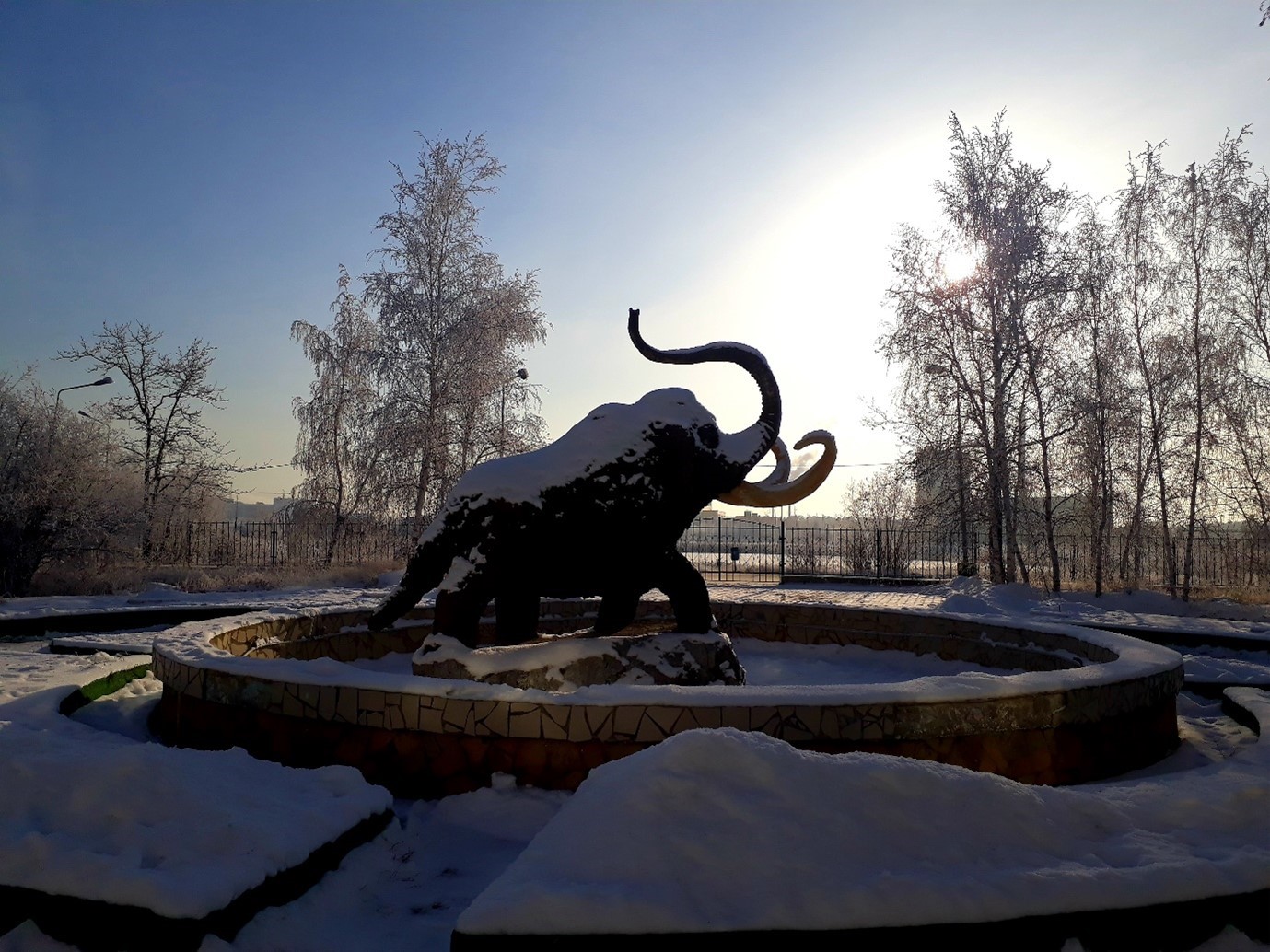"Earth Ice Bone Blood" by Charlotte Wrigley.

The Arctic is heating at up to three times the rate of the rest of the planet. But whilst the melting glacier and forlorn polar bear are well-known representatives of the climate crisis, much less attention has been given to a substance that makes up 25% of the northern terrestrial hemisphere: permafrost. Permafrost is permanently frozen ground and sequesters huge amounts of carbon; if this ground thaws, this carbon is released as greenhouse gases. Knowing and understanding permafrost as a carbon sink is therefore crucial in this era of anthropogenic climate change. Permafrost, however, is much more than this. As a ubiquitous part of northern latitudes, permafrost is not only a scientific mode of enquiry, but a home for creatures from the microbe to the mammoth, a dynamic materiality of freeze and thaw, a host to gods and evil spirits, a freezer for milk and meat, and a geopolitical tool. That the name invokes a sense of permanence and eternity elides the reality that permafrost is often hard to pin down – and that climate-change-induced thaw is only making defining permafrost more difficult.

Charlotte Wrigley’s first book – Earth Ice Bone Blood: Permafrost and Extinction in the Russian Arctic – argues that defining permafrost as a single thing will always be an impossibility. Instead of attempting to know permafrost in quantifiable ways, she argues we must take a “discontinuous approach” which recognises the dynamism, non-linearity, and surprise of this largely ignored substance. Taking the reader on an exciting ride across Russia – from the world’s coldest city to a Pleistocene rewilding project to a mammoth de-extinction laboratory – Charlotte’s book dismantles assumptions and norms around extinction and the climate crisis, and instead offers permafrost as both a warning sign and a symbol of hope.
Earth Ice Bone Blood received the AAG Globe Book Award for Public Understanding of Geography
Wrigley, Charlotte. 2023. Earth Ice Bone Blood: Permafrost and Extinction in the Russian Arctic. Minneapolis: University of Minnesota Press.